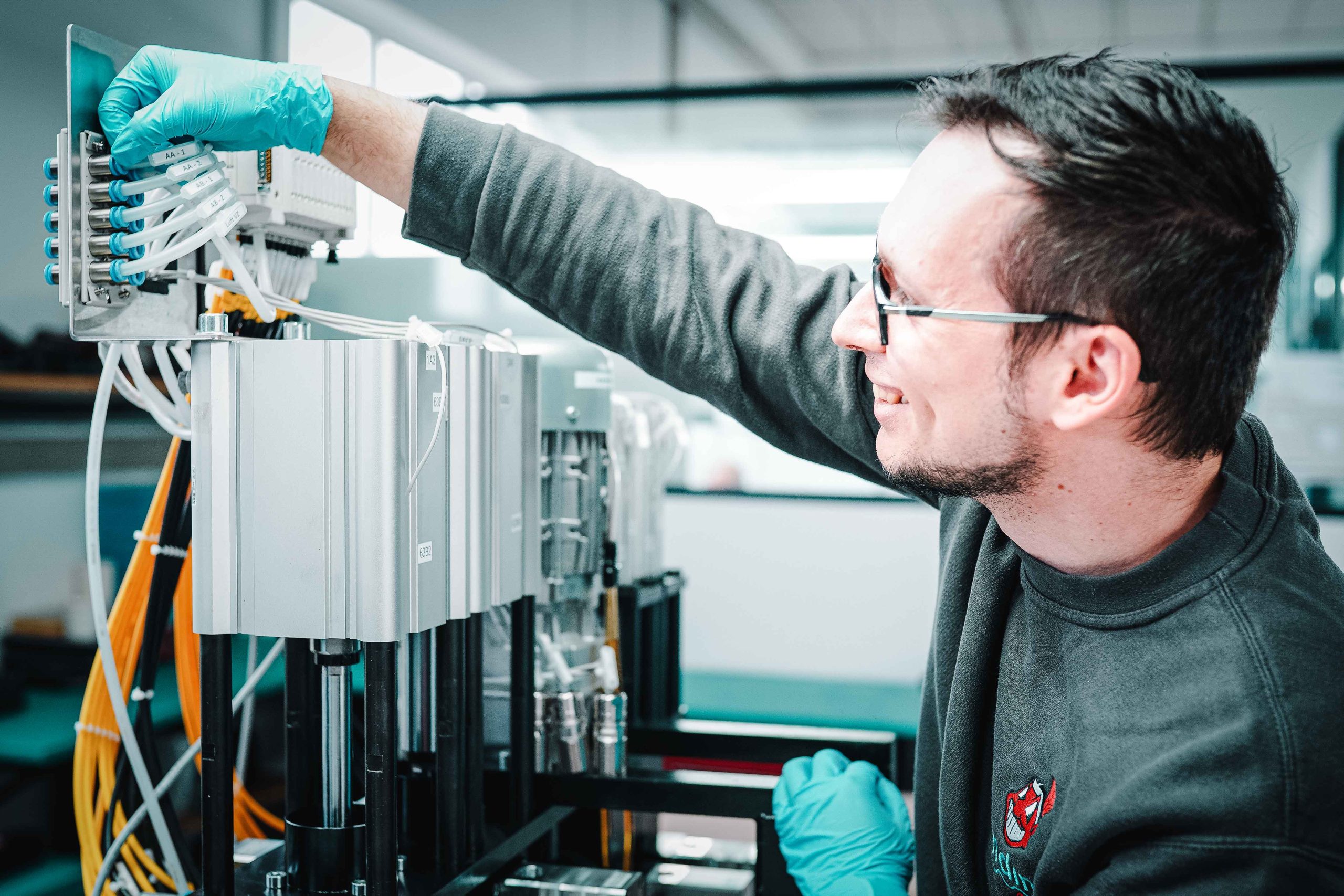We can do everything that the casting compound can do.
endin – competent & reliable
In general, casting components under vacuum is recommended whenever there is a risk of air inclusions in the casting compound or when a particularly even distribution of the casting material is to be achieved.
During vacuum encapsulation, air and moisture are removed from the components beforehand. For coils, transformers, and electronic components with structurally difficult geometries to vent, the vacuum encapsulation process ensures the even distribution of the encapsulating material. The removal of air pockets also significantly improves thermal conductivity.

vacuum casting technology
Typically, vacuum casting is embedded in a more complex process that also includes pretreatment, post-treatment, and cross-linking of the components. At endin, we can handle all of this from a single source with our own machinery.
We can cast both individual parts and fully assembled workpiece carriers, using both manual and automated processes. The process can typically be evaluated at pressures down to 10 mbar, either alternating with atmosphere or even with pressure monitoring.
The casting of components of any kind is in most cases associated with the strict requirement of the complete absence of air pockets. The causes of air pockets can be varied: moisture in the component, moisture in the casting compound, design-related air pockets and capillary action, and, last but not least, the casting process itself. These aspects can generally be effectively controlled even with atmospheric casting. In particularly critical cases, however, casting in a virtually airless atmosphere is unavoidable.
With transparent castings, bubbles or inclusions are immediately visible and impair the optical quality. Therefore, processing must be carried out in such a way that the casting compound is completely deaerated.
Transparent encapsulants are often used in applications where the material remains visible (e.g., protective coatings for LEDs, displays, or decorative elements). Here, the combination of functionality (e.g., thermal conductivity) and aesthetics is crucial.
Vacuum potting is a process in which components are encapsulated with a potting compound under vacuum. This prevents air pockets and ensures even distribution of the material.
Vacuum casting is particularly recommended when:
Air inclusions in the casting compound should be avoided.
The thermal conductivity must be improved.
The component geometry is difficult to vent (e.g. coils or transformers).
A high optical quality is required (e.g. for LED encapsulation).
Avoiding air pockets
Independence from environmental influences
Casting of suboptimally designed components
Avoidance of voltage flashovers, shear forces and material aging
Even heat dissipation for improved thermal management
Optimized optical quality, especially for transparent casting compounds
The process includes several steps:
Preparation and pretreatment of components
Removal of air and moisture from the components
Applying the casting compound under vacuum
Post-treatment and cross-linking of the casting
At endin, we can cast both small components (e.g., sensors) and large components (e.g., electric motors). Our machinery allows for both manual and automated casting processes.
Static and dynamic mixing heads for demanding casting compounds
Different vacuum chamber sizes for various components
Individually adjustable ventilation and de-aeration process of the chamber
Pressure monitoring and alternating operation with atmosphere
Vacuum casting is particularly necessary when:
High electrical insulation is required
Critical air bubble formation must be excluded
A uniform appearance, e.g., for LED encapsulation, is desired
Thermal loads must be minimized
The process is widely used in the fields of electronics, optics, and design technology. It offers decisive advantages, particularly for LED encapsulation, coils, transformers, and highly complex electronic components.
Complete service from pretreatment to post-curing
Own machinery for flexible production
High precision and quality assurance
Experience with demanding casting processes
It makes sense to draw on experience and expertise early on in the implementation of your projects. Arrange a free initial consultation – we are your competent advisor for the entire value chain.
satisfied customers



